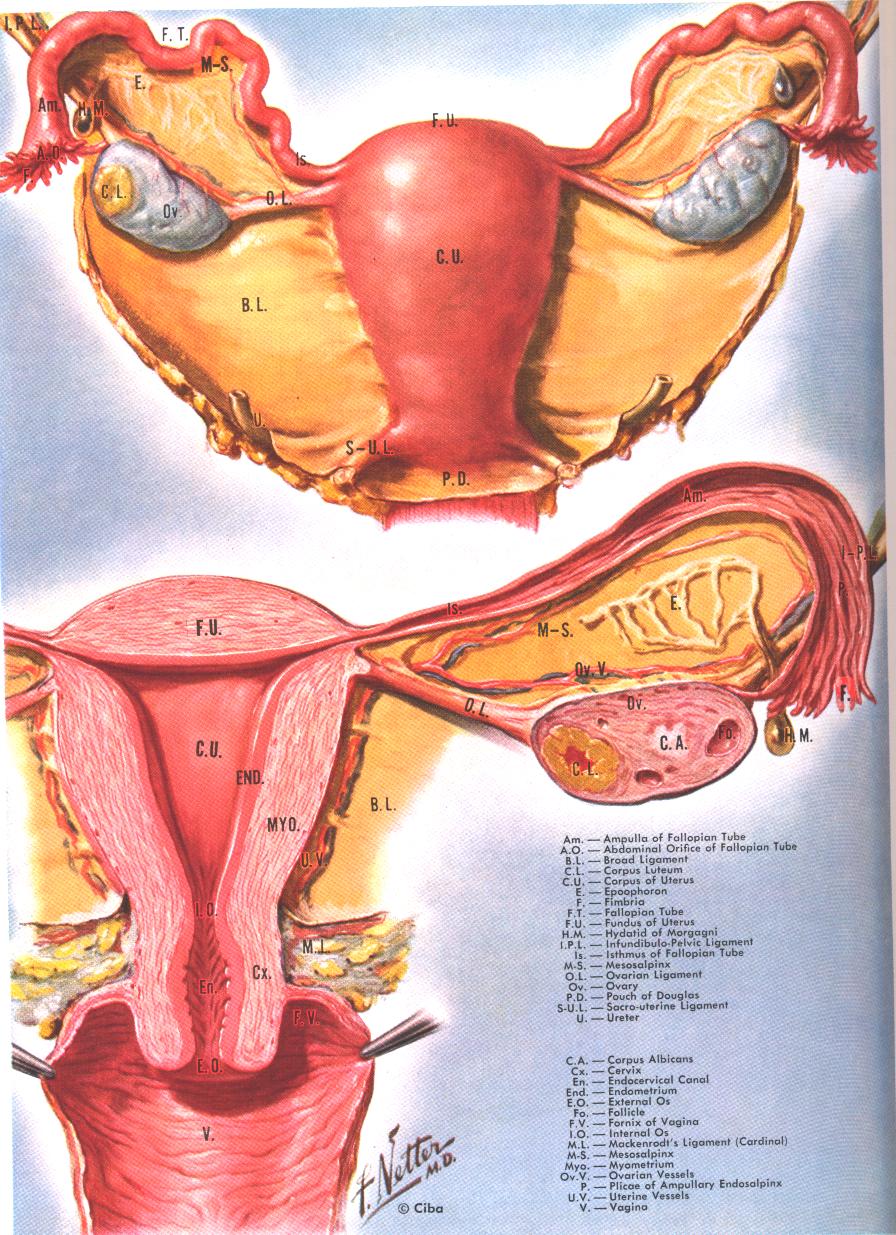|
|
[TEMPORARY] Giving birth to womb transplants |
|
|
[TEMPORARY] Giving birth to womb transplants |
By Clare Murphy Health reporter, BBC News October 22, 2009
[1]
British doctors
say they are a step closer to carrying out the first ever successful womb
transplant. Is this really feasible, and indeed desirable?
 |
A transplant would allow women without a
womb to bear a child
There’s a lot of dismissal in the
profession in terms of of this being a step too far in fertility
management When IVF was first developed many people felt very unhappy about making babies in test tubes, and now it is something which the majority accept
Susan Seenan
|
It is not the first time that doctors have declared a functioning womb transplant is within our grasp, but a surgeon from London’s Hammersmith Hospital now claims to have overcome one of the most insurmountable problems: securing the complex blood supply.
Dr Richard Smith, who has presented his latest research on rabbits at a reproduction summit in Atlanta, is now looking for funds to take his work further having failed to secure grants from Britain’s big awarding bodies.
For women with Rokitansky syndrome, in which they are born without a womb, or those whose womb has been destroyed by cancer treatment or fibroids, transplant would offer them the chance to bear their own child - an alternative to surrogacy or adoption.
Ethicists, medics and feminists have long argued as to whether infertility is a disease or a cultural phenomenon born of a society where women feel they have no value if they cannot reproduce.
But illness or otherwise, it is not a fatal disease, and the suggestion that women could undergo major transplant surgery to fulfil their desire for a child may prompt unease.
[2]
Perfecting
techniques
Practical hurdles have beset womb transplants. It has been tried in a human just once, in 2000, when doctors in Saudi Arabia transplanted a womb from a living donor to a young woman.
Initially hailed as a medical breakthrough, the success was short-lived. Less than four months later the organ had to be removed when the transplanted tissue began to die as a result of a blood supply failure. A pregnancy was never attempted.
Researchers have been trying to perfect the technique on a number of animals - from mice to monkeys.
More than two years ago, a team of New York doctors said they were nearly ready to carry out the procedure having confirmed that it was possible to remove the womb of a dead donor in the same way as hearts, kidneys and livers are taken for transplant.
Now Dr Smith and colleagues, who have set up a charity called Uterine Transplant UK, say they have perfected surgery on rabbits to ensure an adequate blood supply.
Using a “vascular patch technique” major blood vessels including the aorta were connected. Two of the five rabbits lived to 10 months and dissection after death showed the womb had stayed healthy.
Blood supply is key when it comes to a womb that could take the strain of pregnancy and support a developing foetus. Dr Smith has yet to impregnate the rabbits and see how their transplanted wombs would fare.
Specialists are not convinced. “I think there is a big difference between demonstrating effectiveness in a rabbit and being able to do this in a larger animal or a human,” said Dr Tony Rutherford, chairman of the British Fertility Society.
“This is something that is ongoing research. I don’t think it’s something that is going to be available in clinical practice in years to come.”
[3]
FINDING
FULFILMENT
There will in any event be ethical debate to be had before it is.
The first full face transplant has yet to be carried out, but the string of partial transplants have generated discussion about the rights and wrongs of such procedures for non-life threatening conditions.
It is society’s refusal to accept the face distorted by accident or disease which is the problem, it has been argued, not the face itself.
Womb transplants - with the many risks they carry - may trigger a similar response. As well as the surgery itself, the woman in question would have to take immunosuppressant drugs to stop her body rejecting the organ.
Diabetes and osteoporosis are among the consequences of this form of medication which can also lead to renal failure, cardiac arrest, and increasingly, it is believed, cancer.
For this reason the womb would be removed after the desired pregnancies were achieved and the babies delivered by caesarean, as the womb would be unlikely to tolerate labour. The babies would have to be conceived through IVF as surgeons believe these women may run a greater risk of ectopic pregnancies.
But all doctors involved in the field report intense interest from women unable to bear their own children.
“There’s a lot of dismissal in the profession in terms of of this being a step too far in fertility management,” said Dr Smith.
“But for a woman who is desperate for a baby, this is incredibly important.”
Susan Seenan of the UK’s Infertility Network said: “Clearly there does come a point when enough is enough, and treatment can go too far. We do need to consider the potential ramifications very carefully.
“This kind of development can make people very uneasy, but when IVF was first developed many felt unhappy about making babies in test tubes - now it is something which the majority accept. We do need to embrace advances in all areas of medicine or we wouldn’t be where we are today.
“But we must do more to support the many who are ultimately unable to conceive - and this technique, were it ever available, would only benefit the very few. There is life beyond having children, and while the disappointment may never leave you, with the right support people can find other paths to fulfilment.”